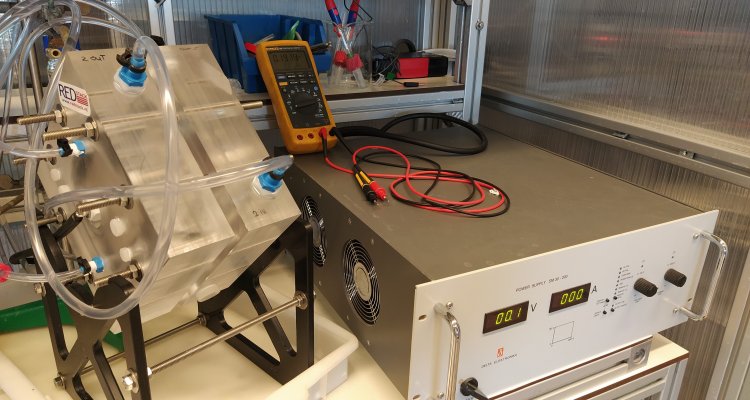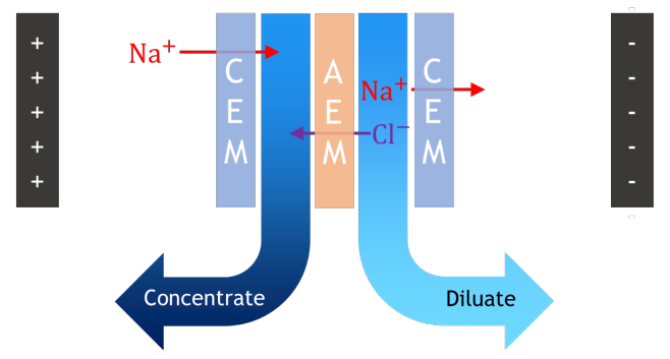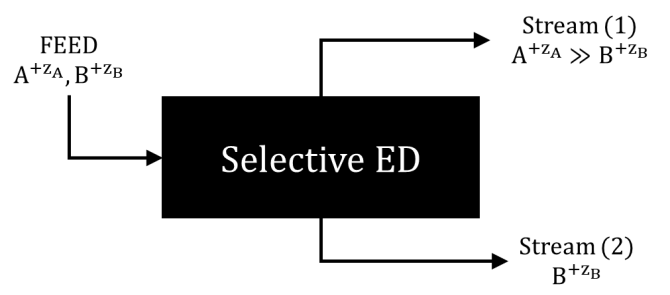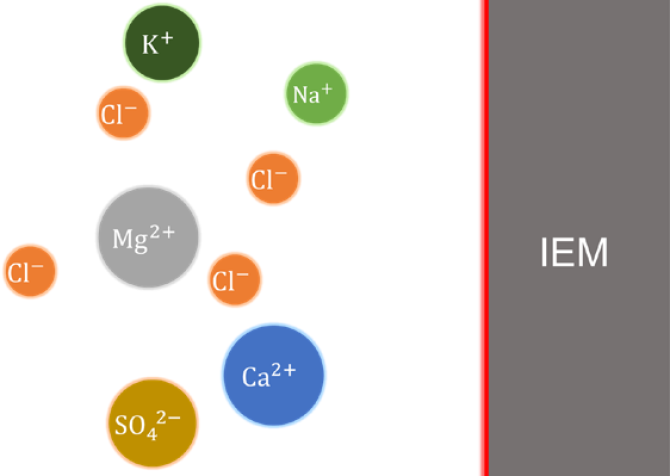
Project
Electrodialysis: towards ion-selective separations
We aim for a decentralized system that can treat water “fit for purpose”. To achieve this, a treatment train with nanofiltration (NF) and electrodialysis (ED) will be developed. NF will effectively remove organic micropollutants, colloidal particles, nano-plastics, viruses, bacteria, and divalent cations, whereas the electrodialysis step can be used to control the effluent salt concentration and ion balance of the treated water (water fit for re-use).

Technological challenge
Currently, several technologies are commercially available to reduce water salinity. These technologies are successfully employed to treat, for example, brackish groundwater. However, salinity is not the only water quality indicator of interest. For effective water re-use, technologies are required to control the ionic composition of water (i.e., removal of specific ions from water, while keeping the others).
In this project, we will focus on electrodialysis (ED), a desalination technology driven by an electrical field. We aim to selectively remove specific ions from
water. ED technology controls the exact degree of desalination based on the applied voltage. Still, it is not just the overall salt concentration that matters.
For many applications, the exact ionic composition is crucial. Specific separations are considered, e.g., the removal of Na+ from agricultural wastewater to be reused at greenhouses. We will consider the effluent requirements of the desalinated water as well as the environmental compatibility of the concentrate
stream.

Our key objectives are:
- Developing selective ion-exchange membranes
(IEM) via surface modifications
- Modeling ion transport through selective IEMs
- Exploring the integration of ED with NF
